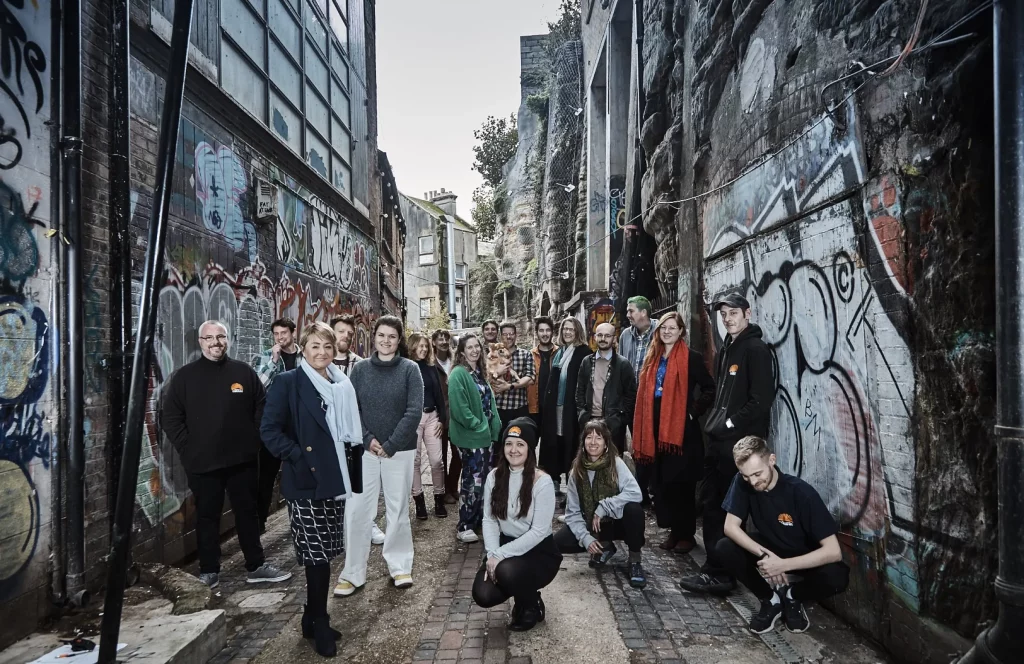The Improved Traditional Housing Systems project in Papua New Guinea (PNG) adapts local building traditions to create affordable, durable, and sustainable homes. All houses are built with timber from sustainable forests, along with bamboo, rattan, and other natural materials. Design focuses on using local skills and resources, creating jobs and income for communities while keeping costs low.
The project preserves the strengths of traditional PNG architecture—such as steep roofs for rain protection and naturally cool interiors—while adding modern features like mosquito protection, sanitation, clean water, and electricity. Roofs are now made with iron instead of thatch to improve safety, durability, and water collection. Houses remain small (50–90 m²), which reduces material use and cost. Families often help with construction, and workshops allow residents to shape the final design.
Over 25 years, 312 houses and 218 community buildings have been built across the islands and mainland. Homes serve low-wage government workers, village families, and some private households. High-income versions help raise the status of traditional designs. Costs are much lower than imported houses: $150–300/m² versus $500–600/m².
The houses are environmentally friendly, using natural ventilation instead of air conditioning, roof rainwater collection, solar power, and composting toilets. They protect traditional skills, encourage community participation, and strengthen local economies.
By blending tradition with modern needs, the project provides housing that is culturally and environmentally appropriate, affordable, and easy to replicate. Designs are openly shared so communities can adapt and build them independently, making the approach socially and financially sustainable.





